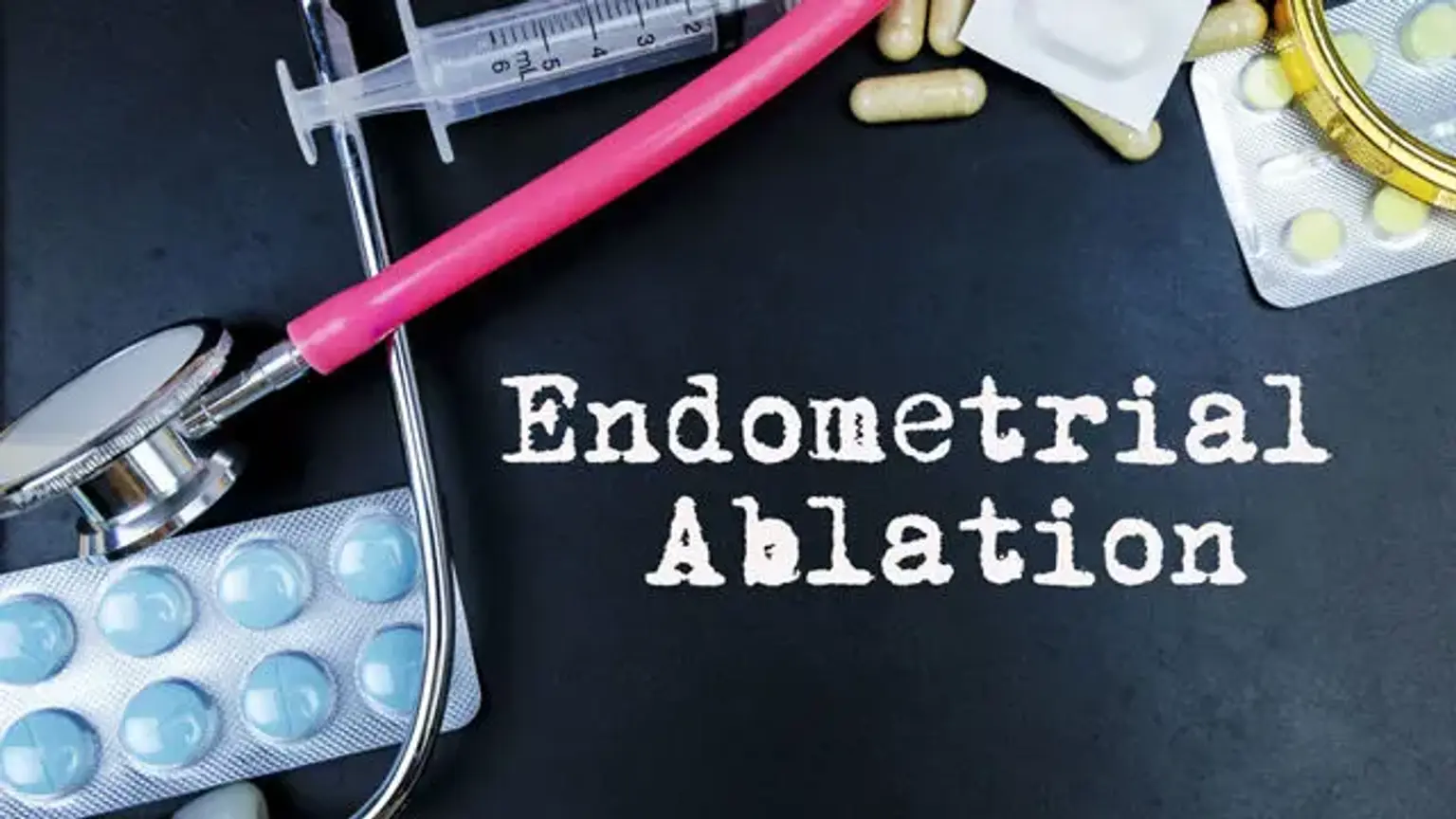Endometrial Ablations
Overview
The ablation of the endometrium in women with excessive menstrual bleeding has been utilized for well over a century, and the many methods of providing thermal energy have been refined over the years to provide a safe and successful therapeutic strategy.
Endometrial ablation, regardless of method, decreases monthly blood loss consistently, improves general and menstruation-related quality of life, and avoids hysterectomy in 4 of 5 women who receive the operation. When patients are chosen carefully, results are improved and the risk of significant consequences is reduced.
